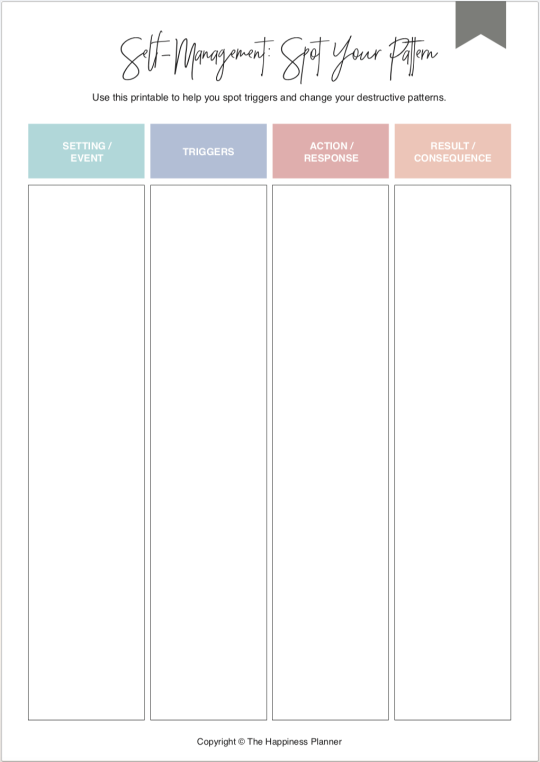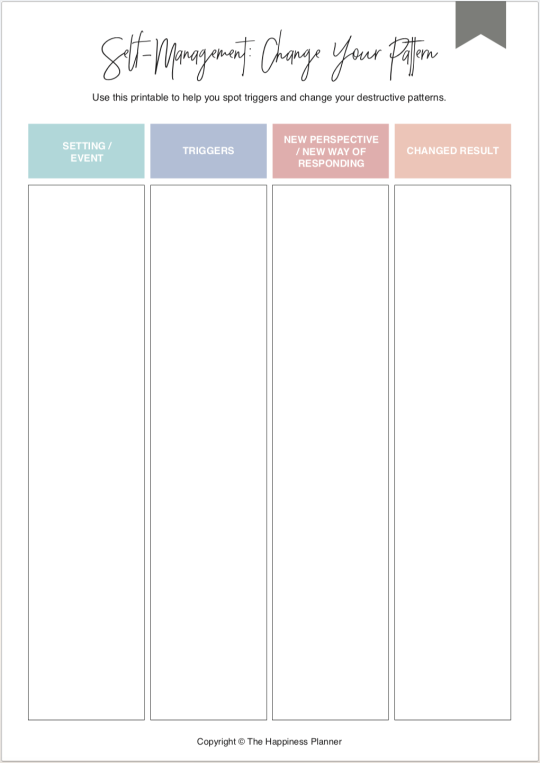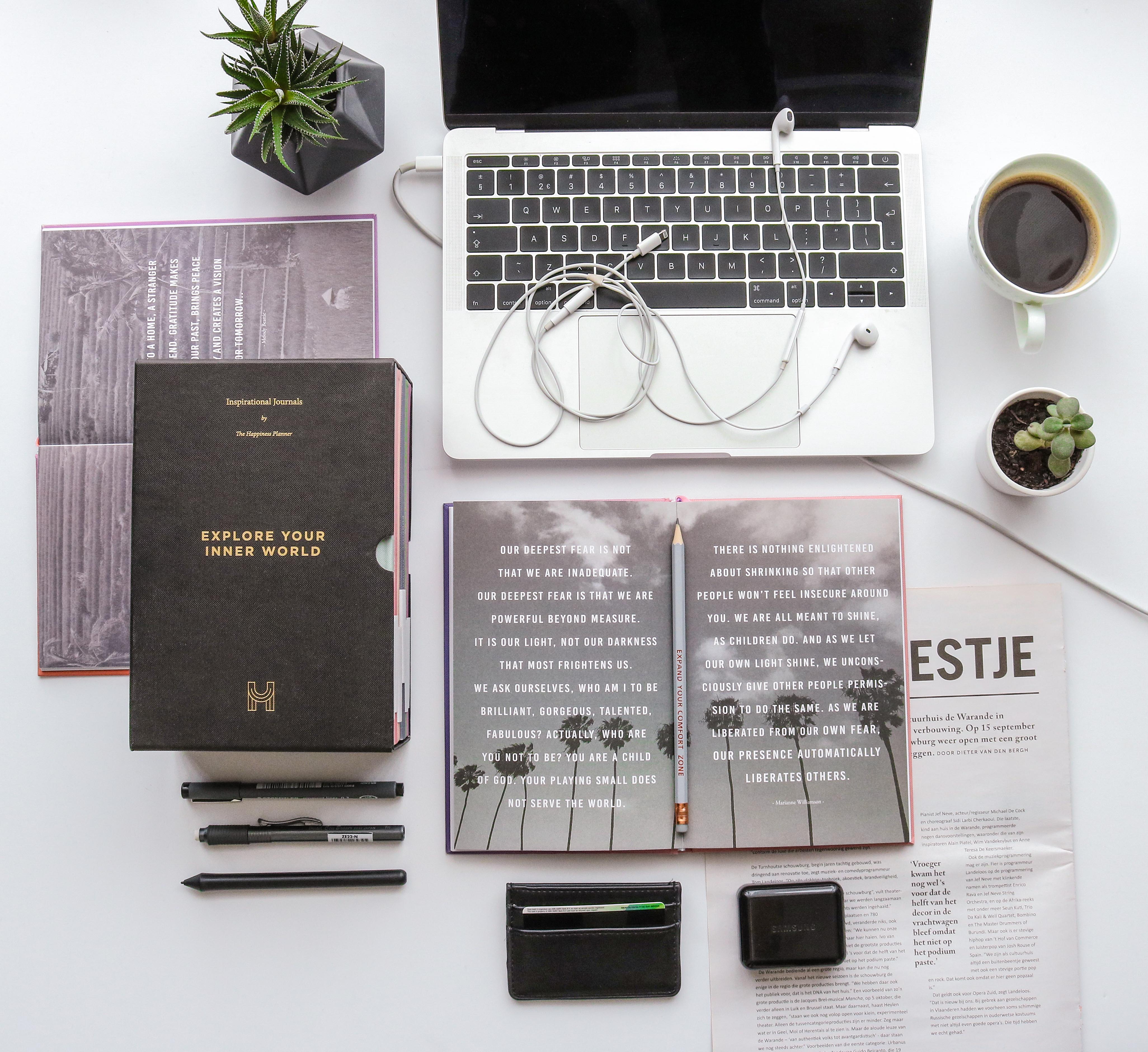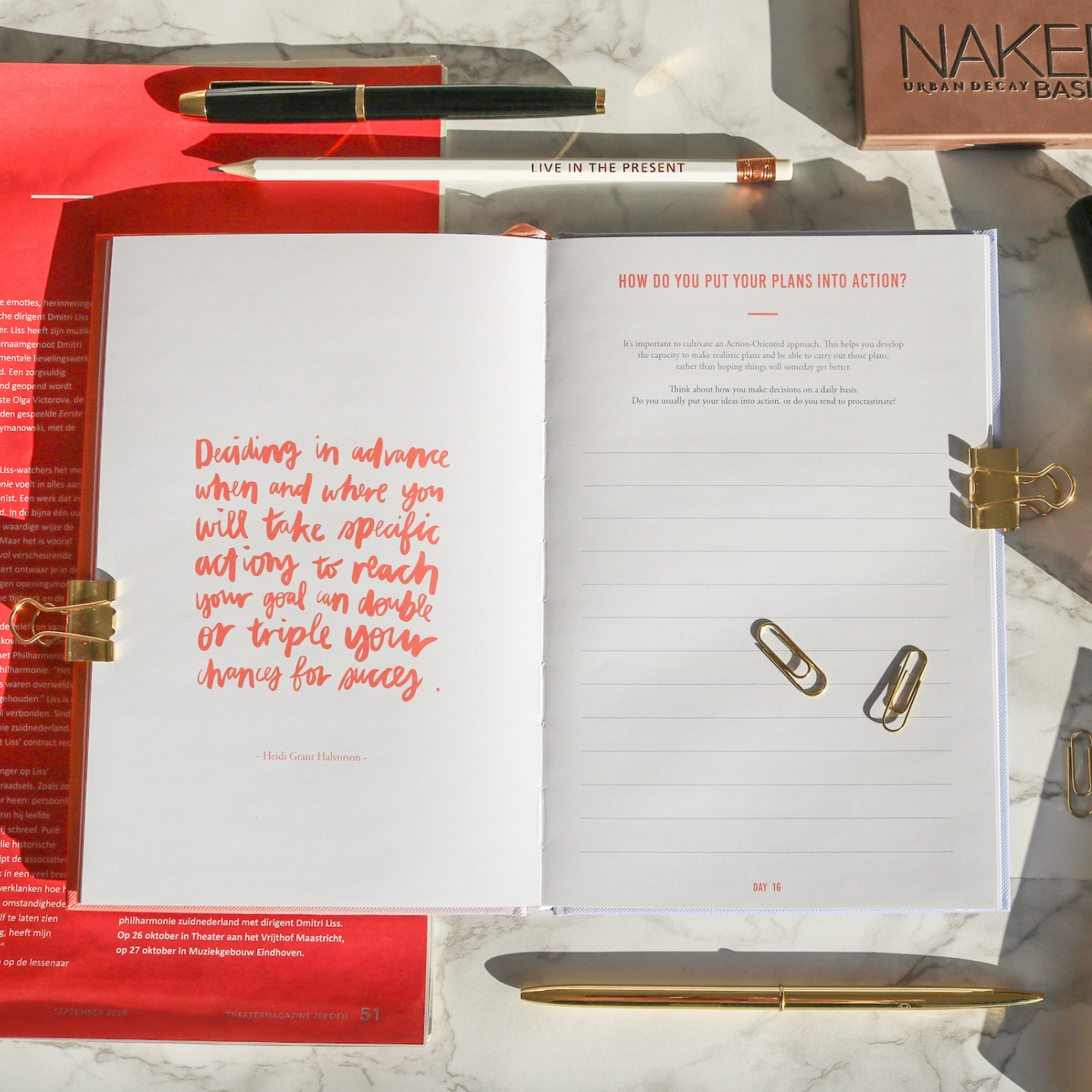Self-Actualization: Learning To Manage Our Worst Selves
We all talk about being the best we can be, but what if being our best means being able to manage our worst selves? I believe that we all have our darkness. Personality traits are like yin and yang. Every strength comes with a weakness. The intensity of your strength comes at a cost of the intensity of your weakness. Unless all of your traits are neutral, then you can’t run away from this fact of the human psyche.
If you say you don’t have any darkness within you, it’s probably because of one of the following reasons:
- You are oblivious to it.
- You don’t know yourself well enough.
- You have been hiding it, hiding from it, and avoid facing it by avoiding intimacy.
Running away from our darkness or being oblivious to it is like running away from the truth of life. It is hard to be vulnerable. It is hard to face our weaknesses. But unless we learn to face it, accept it, and learn to manage it, we cannot become whole. If you live life only facing your light, you will keep feeling like you’re running the show because you’re dismissing another important part of you. When you learn to embrace your whole self, you will be filled with self-love. And it’s a beautiful feeling to live in a constant state of flow.
Now before we get to that, I would like to invite you to consider your darkness. How can we recognize what our darkness is?
1. Understand Your Worst Self
Think about moments that you were upset, frustrated, and angry.
- What happened? (situation)
- What triggered your negative emotion? (triggers)
- What was your response or reaction that followed the negative emotion? How destructive were you?
Make a list of these moments. Think of a few so we can find patterns.

Questions to ask:
- Did anything that happened in your childhood or in the past resemble the scenarios? Think of the triggers and the emotions the triggers provoked.
- How did you respond to such scenarios in the past?
- How have you been carrying on the way you respond to such situations? How has this way of responding been affecting your life and your relationships?
Now you probably realize that the way you’ve been responding to such situations hasn’t been very positive. Some might have been quite damaging.
The first step to change is awareness. Now that you’re aware of some of your patterns, you can learn to change the way you respond.
2. Get To The Root Cause: Heal Past Wounds
Change is not easy. The way we respond to triggers is tied to something from the past. So in order for us to begin working on changing our pattern, we need to fix what contributed to the development of our pattern in the first place. We begin by forgiving past hurts.
Usually, the anger repressed within us comes from our childhood experiences where we felt we were more powerless. The anger will never go away until you make peace with whatever or whoever it was that angered you, hurt you, ridiculed you, or made you feel suppressed or small in any way. When you begin to rebuild your relationships with these people, you’ll begin to see that the repressed anger within you slowly fades away. When you learn to reframe the story about what happened to you, you will replace anger that filled the hole in your heart with compassion and empathy.
Remember, humans are driven by two things - to avoid pain and to gain pleasure. Those who bullied you were often suppressed or bullied at home, so they took it out at school. Forgive them and send them some compassion. If it’s your parent, understand that they did the best they could at the time. If they left you, understand that maybe they didn’t even love themselves, how could they even give you what they didn’t have within them? They did the best they could to protect you from harm - harm that could have come out of their own darkness.
Understand that people see the world as they are, not as it is. So how one treats you is in accordance to their world, their past experiences, and what they know best. It might not fit well with you, but your caretaker did their best to do what they thought would be the best for you.
Forgive. So that you can move on and find peace.
3. Change Your Pattern
Now that you’ve made peace with past wounds, the roots of your destructive pattern, you need to develop a new pattern. But of course, because you’ve been living with this pattern for so many years, you are not going to change overnight just because you’ve made peace with what caused you pain.
So how can you deal with your destructive pattern?
3.1 Watch out for the triggers.
When events or situations that resemble triggers from the past come up again, you might naturally respond in the same way that you have always responded. Now that you’re aware of it, pause before responding and decide to respond in a different way - in a healthier, softer, non-destructive way.
You might still find it hard to not let triggers trigger you as they’ve been triggering you for years. You can train yourself to become less bothered by them by practicing reframing the way you look at situations.
3.2 Shift your perspective
Here are some practices that could help you shift perspective, and as a result, shift the way you feel about the triggers.
- Learn to put yourself in others' shoes. Learn to understand the other person and see things from their point of view.
- Learn to build patience and calmness. Build mental strength and increase your patience bandwidth. These things need to be practiced and cultivated. You’re not going to build them overnight. You need to create new pathways in your brain and make them stronger by repetition.
- Learn to let go and realize you can’t control people or situations. You can only control yourself and the way you perceive and respond to what happens to you. If you change your perception, your feeling also changes. And that changes everything.
3.3 Keep a journal
Journal. Observe your thoughts, emotions, and reactions.
We’re excited to say that we’re releasing Self-Management Journal later this year! Yay!
3.4 Make it a habit
Practice the new way of being, doing, feeling, and responding until it becomes a new pattern and the old pattern fades away. Practice until it becomes a part of who you are.

It’s not easy to break the pattern that we’ve been living for years. However, every time you choose to reinforce the new pattern, the old pattern gets weaker. Keep doing this until the new pattern wins the race.
Until you make the unconscious conscious, it will direct your life and you will call it fate.
- Carl Jung




Comments